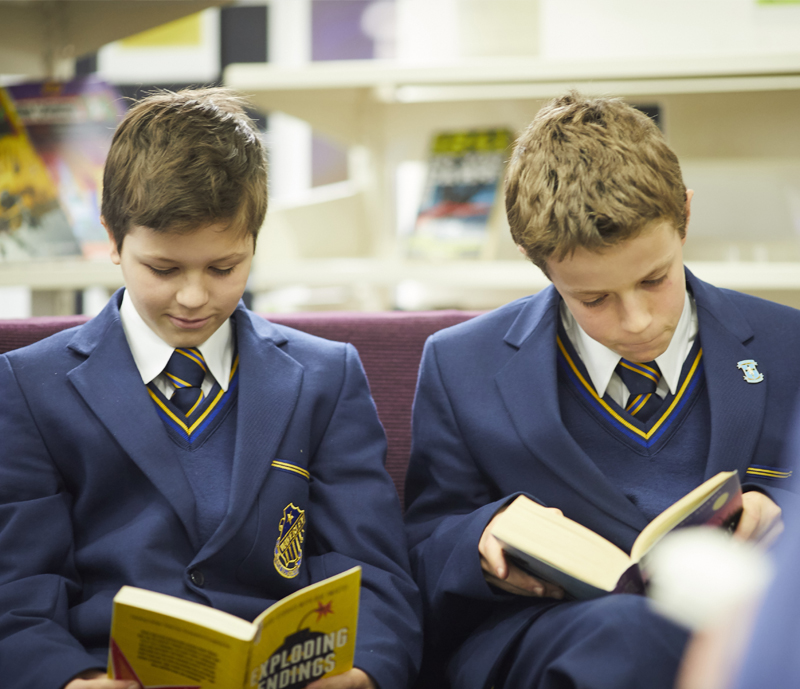Re-establishing & strengthening students’ learning journeys
Identifying & bridging learning gaps
Students’ experience of learning remotely in 2020 and 2021 was far from uniform, and there is concern that some students have not made the same achievement gains they would have if attending classes on school campuses. At the same time, for many families, remote learning has increased the engagement of parents in their children’s learning.

•
The federal government could commission and fund the Australian Curriculum, Assessment and Reporting Authority (ACARA) to develop simplified voluntary online assessments to enable individual students, parents or guardians, schools and systems to quickly identify any learning gaps and track ongoing achievement. Such assessments could be linked either to the
Online Formative Assessment Initiative based on ACARA’s work on literacy and numeracy progressions and already in development, or to components of the Australian Curriculum.
•
At least one state has initiated a tutoring program within its schools to help students accelerate their learning post COVID-19 lockdowns. The federal government could direct the Australian Education Research Organisation (AERO) to commission a review of state-based ‘catch up’ tutoring programs and other approaches to identify which are the most effective in helping students meet learning targets or bridge gaps in students’ learning, eg small group tutoring at school, individual in-class catch up from teacher aides, in-home one-on-one tutoring or online one-on-one tutoring.
•
AERO is currently preparing a platform for the sharing of teacher-produced resources. ACARA already has a range of resources available linked to the Australian Curriculum, AITSL hosts video ‘illustrations of practice’ and ESA makes extensive teacher resources available through its ‘Scootle’ portal and other sites. Drawing on the work of these organisations, and building on increased parental engagement and students’ skills in self-directed learning resulting from COVID-19 remote learning, the Australian Government could fund creation of a free online ‘bank’ of video tutorials linked to the Australian Curriculum that students and parents could access to help bridge learning gaps. To help expedite creation of this ‘bank’ of materials, schools and teachers could be invited to ‘donate’ videos and resources created for remote learning or ‘flipped’ lessons. These could be uploaded to a curated digital platform or, alternatively, links to materials as hosted in the public domain of schools’ websites could be posted on AERO’s, ACARA’s and ESA’s websites. The materials or links could be coded so that students and parents could easily find materials relating to specific portions of the Australian Curriculum. (The materials would need to meet copyright or other regulations and specifications.)
More examples of how strengths-based policies can rapidly strengthen Australia’s school system:
•
Supporting the digital transformation of Australian education
•
Upskilling the teaching profession
•
Supporting student wellbeing
•
Strengthening all levels of school leadership
•
Engaging parents in their children’s education